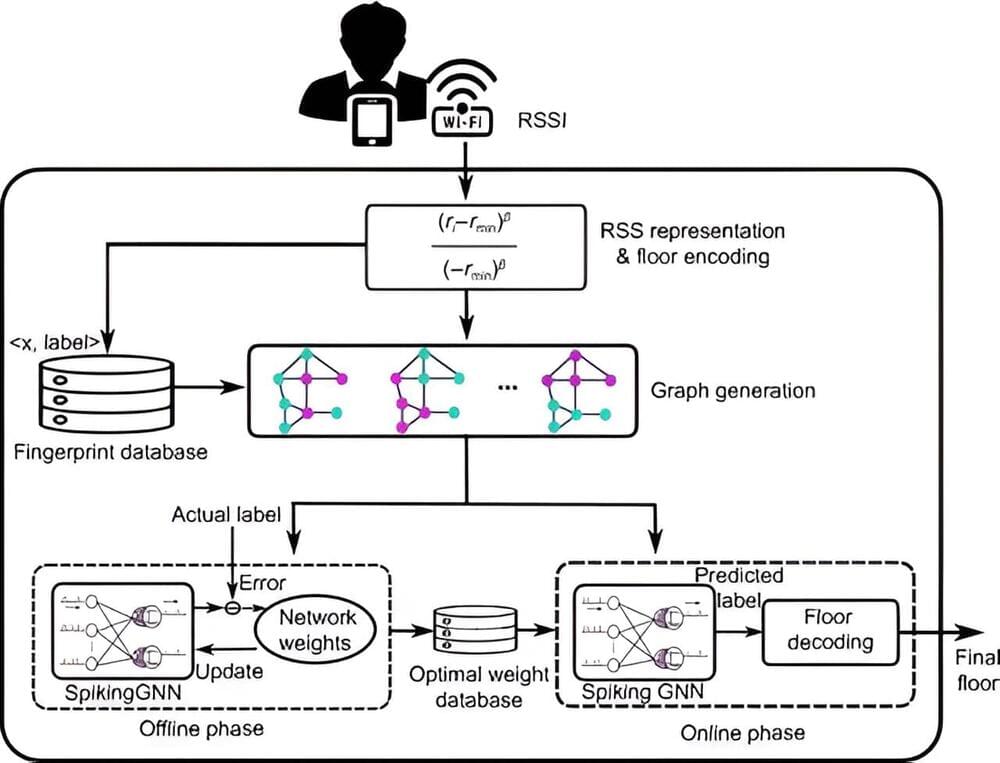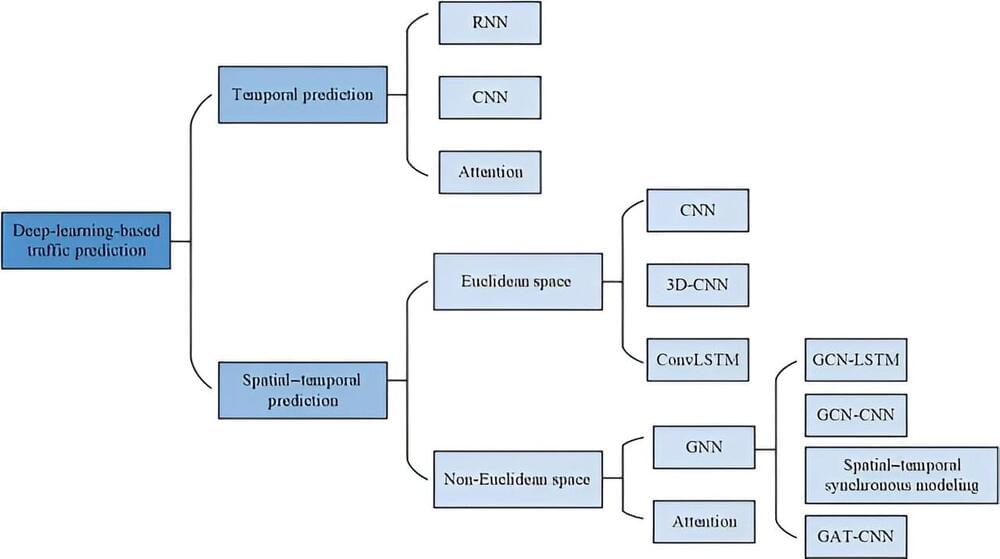Bloomberg connects decision makers to a dynamic network of data, delivering business and financial information, news and insights globally.



The Biden administration has today announced new vehicle emission standards for 2027–2032, as it pushes for wider adoption of hybrid and electric vehicles.
Tesla Model 3 at a charging station in Delaware, United States. Credit: K.A
Automobile emissions in the United States could be slashed by half within the next eight years, thanks to new standards finalised and published today by the Environmental Protection Agency (EPA). The ambitious set of rules – not only aimed at reducing air pollution, but also cutting fuel costs – are to be phased in between 2027 and 2032.


Two men are accused of starting a business in China using battery manufacturing technology pilfered from Tesla and trying to sell the proprietary information, federal prosecutors in New York said Tuesday.
Klaus Pflugbeil, 58, a Canadian citizen who lives in Ningbo, China, was arrested Tuesday morning on Long Island, where he thought he was going to meet with businessmen to negotiate a sale price for the information, federal authorities said. Instead, the businessmen were undercover federal agents.
The other man named in the criminal complaint is Yilong Shao, 47, also of Ningbo. He remains at large. They are charged with conspiracy to transmit trade secrets, which carries up to 10 years in prison if convicted.


The AI boom, including the advent of large language models (LLMs) and their associated chatbots, poses new challenges for privacy. Is our personal information part of a model’s training data? Are our prompts being shared with law enforcement? Will chatbots connect diverse threads from our online lives and output them to anyone?


Indoor positioning is transforming with applications demanding precise location tracking. Traditional methods, including fingerprinting and sensor-based techniques, though widely used, face significant drawbacks, such as the need for extensive training data, poor scalability, and reliance on additional sensor information. Recent advancements have sought to leverage deep learning, yet issues such as low scalability and high computational costs remain unaddressed.

The bustling streets of a modern city are filled with countless individuals using their smartphones for streaming videos, sending messages and browsing the web. In the era of rapidly expanding 5G networks and the omnipresence of mobile devices, the management of cellular traffic has become increasingly complex.

When small hierarchical groups bond, neural activity between leaders and followers aligns, promoting quicker and more frequent communication, according to a study published on March 19 in the open-access journal PLOS Biology by Jun Ni from Beijing Normal University, China, and colleagues.
Social groups are often organized hierarchically, where status differences and bonds between members shape the group’s dynamic. To better understand how bonding influences communication within hierarchical groups and which brain regions are involved in these processes, the researchers recorded 176 three-person groups of human participants (who had never met before) while they communicated with each other, sitting face-to-face in a triangle.
Participants wore caps with fNIRS (functional near-infrared spectroscopy) electrodes to non-invasively measure brain activity while they communicated with their group members.